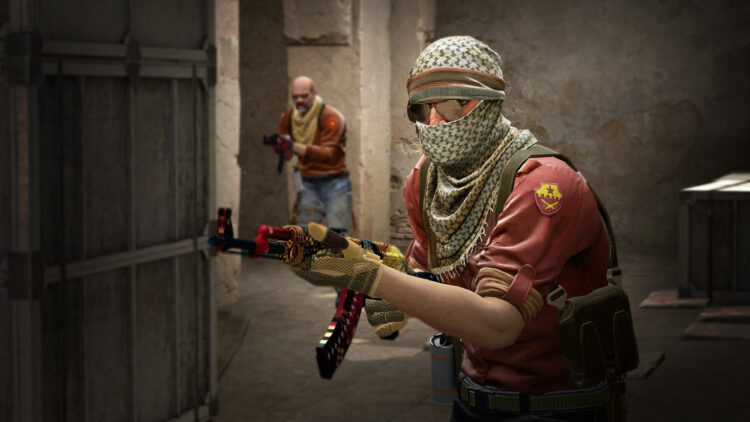Counter-Strike: Global Offensive (CS:GO) is a popular first-person shooter game that has been around since 2012. It is a team-based game where players compete against each other in various game modes. One of the most common questions asked by new players is how long a typical CS:GO game lasts. In this article, we will explore the different game modes and provide an in-depth analysis of how long each game mode lasts.
Competitive Mode
Competitive mode is the most popular game mode in CS:GO. It is a 5v5 game mode where players compete to win 16 rounds. The first team to win 16 rounds wins the game. Each round lasts for 1 minute and 55 seconds, and there are 30 rounds in total. This means that a competitive game can last anywhere from 30 minutes to an hour, depending on how evenly matched the teams are.
In addition to the 30 rounds, there is also a halftime break after the 15th round. During the halftime break, teams switch sides, and players can take a short break to discuss their strategies for the second half. The halftime break lasts for 2 minutes.
If the game ends in a tie, then there will be an overtime period where teams play additional rounds until one team wins. The overtime period consists of six rounds, with each team playing three rounds on each side. The first team to win four rounds wins the game. An overtime period can add an additional 20-30 minutes to the length of the game.
Wingman Mode
Wingman mode is a 2v2 game mode in CS:GO. The objective of the game is to win nine rounds by eliminating the other team or by planting/defusing the bomb. Each round lasts for 1 minute and 30 seconds, and there are 18 rounds in total. This means that a Wingman game can last anywhere from 15 to 30 minutes.
If the game ends in a tie, then there will be an overtime period where teams play additional rounds until one team wins. The overtime period consists of three rounds, with each team playing one round on each side. The first team to win two rounds wins the game. An overtime period can add an additional 5-10 minutes to the length of the game.
Deathmatch Mode
Deathmatch mode is a free-for-all game mode in CS:GO. The objective of the game is to get as many kills as possible within a certain time limit. The game lasts for 10 minutes, and players can respawn immediately after they die. This means that a Deathmatch game can last anywhere from 10 to 15 minutes.
There are no rounds or halftime breaks in Deathmatch mode, and players can join or leave the game at any time. This makes it a great game mode for players who want to practice their aim and reflexes without committing to a full game.
Casual Mode
Casual mode is a more relaxed version of Competitive mode in CS:GO. It is a 10v10 game mode where players compete to win 8 rounds. The first team to win 8 rounds wins the game. Each round lasts for 2 minutes and 15 seconds, and there are 15 rounds in total. This means that a Casual game can last anywhere from 30 minutes to an hour.
There is no halftime break in Casual mode, and players can join or leave the game at any time. This makes it a great game mode for players who want to play a full game without the pressure of Competitive mode.
Conclusion
In conclusion, the length of a CS:GO game depends on the game mode being played. Competitive mode is the longest game mode and can last anywhere from 30 minutes to an hour. Wingman mode is shorter and can last anywhere from 15 to 30 minutes. Deathmatch mode is the shortest game mode and lasts for 10 minutes. Casual mode is similar to Competitive mode but is more relaxed and can last anywhere from 30 minutes to an hour.
It is important to note that the length of a game can vary depending on how evenly matched the teams are and whether or not the game goes into overtime. It is also important to remember that players can join or leave a game at any time, which can affect the length of the game. Overall, CS:GO offers a variety of game modes that cater to different playstyles and time constraints.

